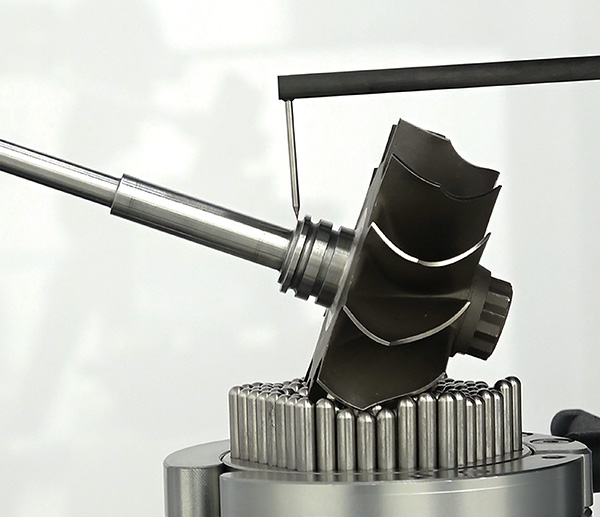
Accretech has announced the launch of the Surfcom NEX. An evolution of the Accretech Surfcom range, the new measuring system allows both surface and contour measurements to be made flexibly and accurately using a single machine. Furthermore, the instrument delivers up to 60% faster measurement processes.
In addition to use within cleanrooms, due its ability to function across a range of temperatures, the robust instrument can also be used within production environments.
Surfcom NEX innovations include the use of a hybrid detector for simultaneous contour and surface measurement, an electromagnetic drive that allows the detector to move without wear and tear or vibration, and a linear drive system which ensures quick, low-oscillation measurements with no disruptive noises or vibrations.
Marcus Czabon, head of the metrology business unit at Accretech, says: “The new Surfcom NEX is the result of many years of intense dialogue with our customers. It offers versatility, precision and, most importantly, reliability. In terms of equipment and features, it sets a benchmark in contour and surface measurement, not least when considering procurement and operating costs over the product lifecycle.
“We want to accommodate the changing demands in production and tool inspection,” he adds. “In simple terms, more parts need to be checked in a shorter time. So, diverse application options are a driving factor. Our customers want to use just one machine for surface texture and contours. It must be possible, therefore, to combine detectors freely or to carry out hybrid measurements.
“However, reliability should not in any way be compromised by faster and more complex measurement processes. That is why the Surfcom NEX has a newly developed hybrid detector, which has over twice the coverage of traditional machines.”
For further information
www.accretech.eu





















